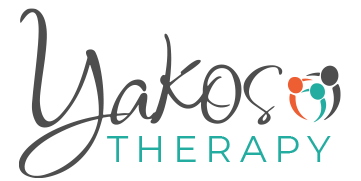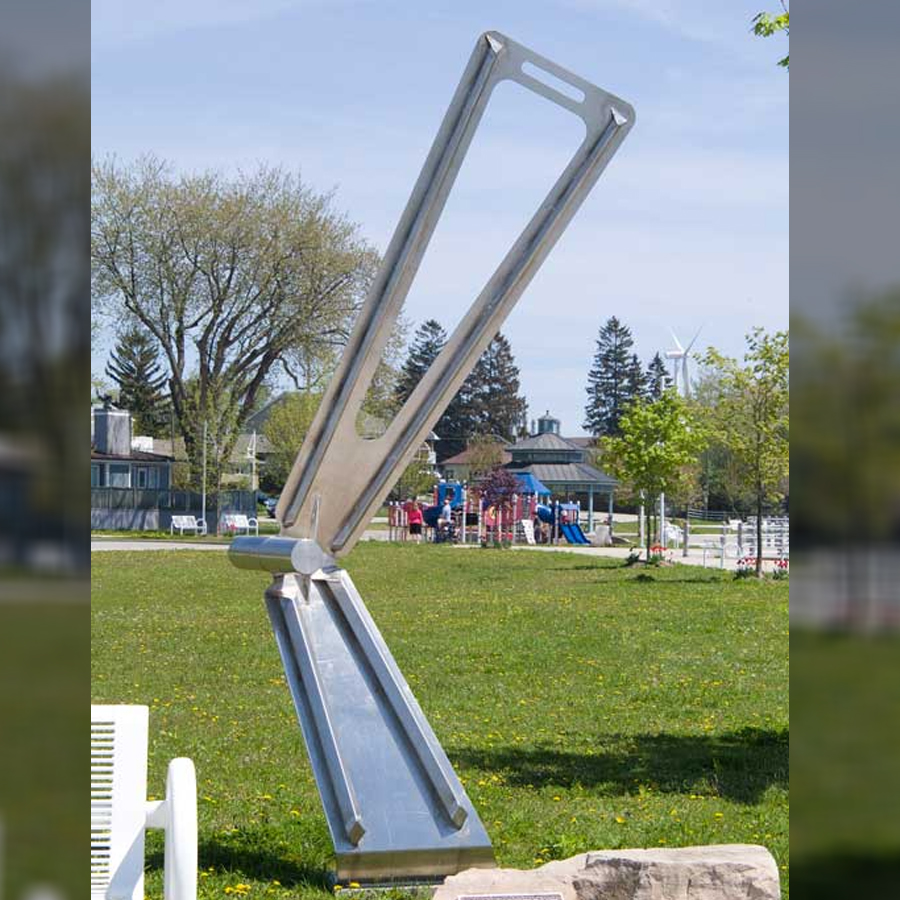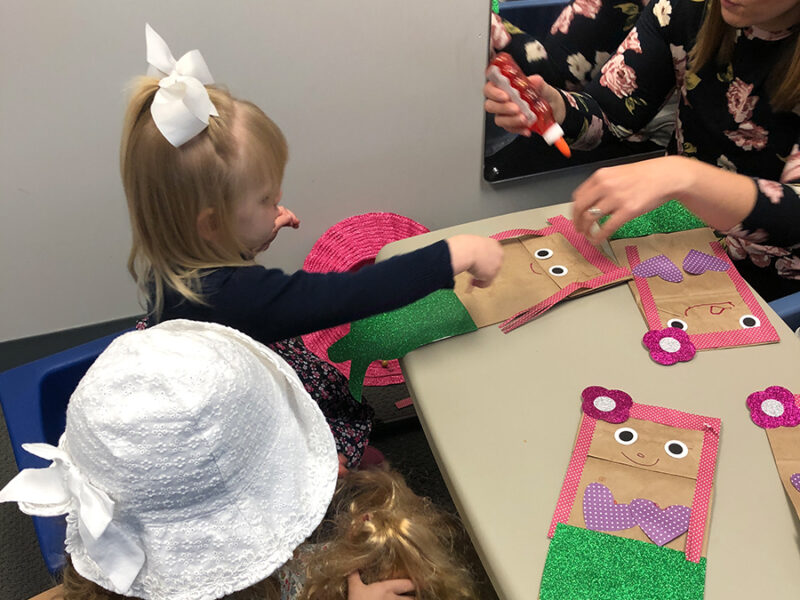Batten disease is a group of rare inherited neurodegenerative diseases, also know as neuronal ceroid lipofuscinosis (NCLs). The CLN disease is classified by the gene that causes it and the number following CLN indicates the subtype. There are different types of Batten disease and they are classified according to the age at the onset of symptoms. Childhood forms of Batten disease are the most common.
Types of Batten Disease:
- Birth (Congenital NCL): symptoms occur at birth (often seizures)
- Infantile NCL (INCL): symptoms typically occur between 6-12 months
- Late Infantile NCL (LINCL): symptoms typically occur between 2-4 years old
- Adult NCL (ANCL): symptoms occur before the age of 40 years old
Common symptoms:
- Seizures
- Vision problems/vision loss
- Delays and loss of motor skills
- Difficulty coordinating movements
- Delays in speech development and loss of speech skills
- Changes in personality/behavior
- Developmental regression (loss of previously acquired skills)
- Cognitive delays/difficulties
Diagnosis/Treatment
- Genetic testing can confirm a diagnosis (blood test, saliva test)
- Individuals who are commonly part of the team to help manage the progressive impact of the disease include: family/parents, pediatrician or primary care physician, speech-language pathologist, orthopedist, physiatrist, physical therapist, occupational therapist, ophthalmologist, geneticist, psychiatrist/psychologist, neurologist, etc.
- Currently, there is no cure for Batten disease
- In 2017, the Food and Drug Administration (FDA) approved an enzyme replacement therapy for CLN2 disease called Brineura. This has been shown to slow the progression of the symptoms
- Medications can sometimes be used to reduced or control seizures, treat anxiety, depression, muscle stiffness and difficulty with walking



